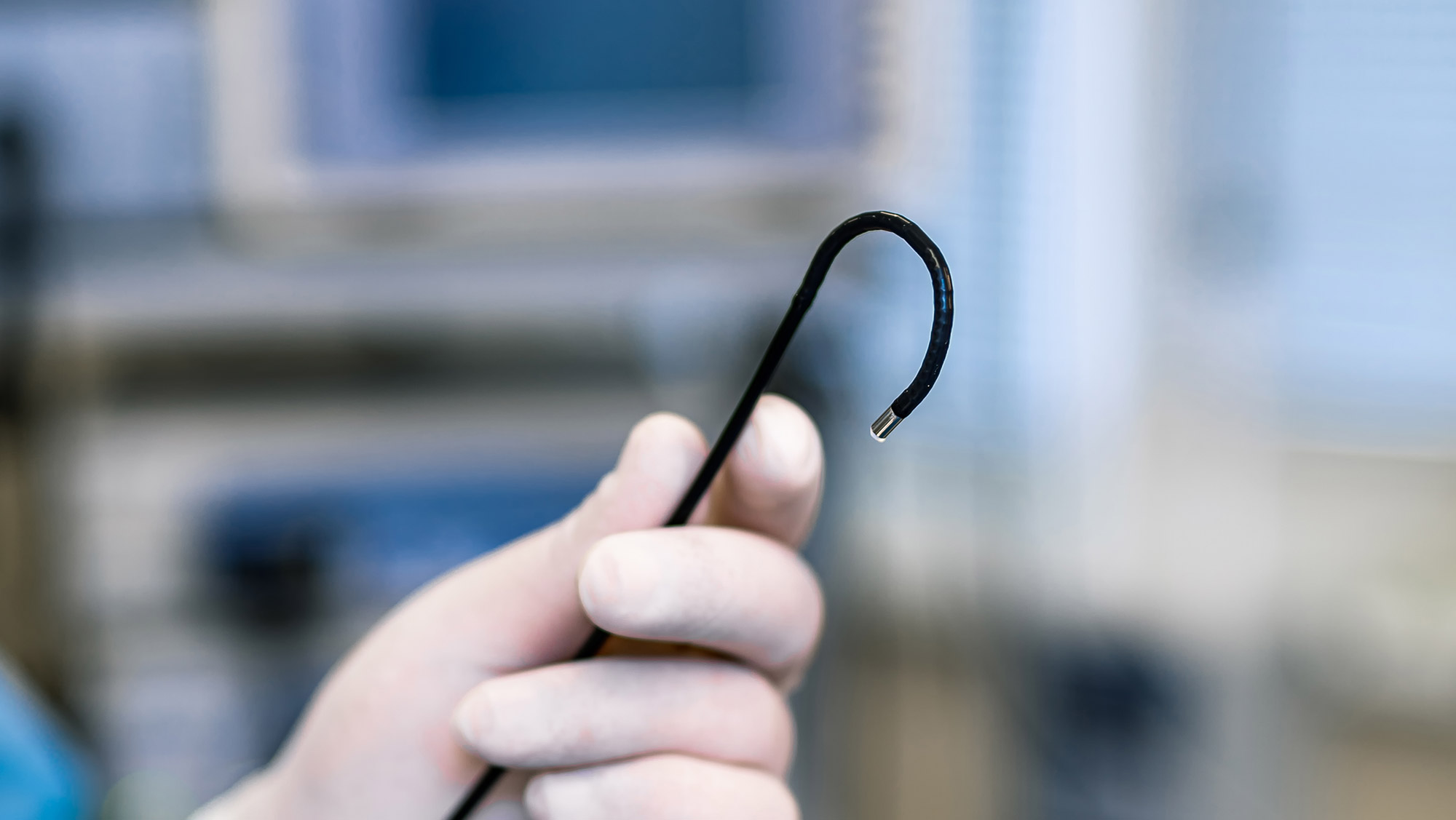
Single-use gastroscopes are effective, operable and safe, according to newly-published research.
The study, shared in Gastrointestinal Endoscopy, additionally concludes that disposable gastroscopes are a favorable option in certain circumstances.
The study’s primary measure for effectiveness was “acceptable” image quality. Secondary measures included gastroscopy completion rate, acceptable clinical operability, device failure rate and safety. It included 110 patients at Beijing Friendship Hospital and Tianjin Medical University Hospital between June and December of 2020 — 55 who underwent a procedure with a reusable gastroscope and 55 treated with a disposable alternative.
The authors found a 100 percent effectiveness rate in both cohorts for the study’s primary measure. Both groups additionally received 100 percent effectiveness in endoscopy completion rates and acceptable clinical operability. Each had 0 percent failure.
While the reusable and single-use gastroscopes were both found to have “acceptable” image quality, the standard reusable scope received a higher imaging quality score.
The total operating time was also shorter for patients in the control group, which the authors say “might be related to the investigators’ familiarity with reusable endoscopes.”
“It is also possible that the investigators spent more time observing and evaluating the disposable gastroscope’s performance at the beginning of the trial,” they add.
No patients from either cohort faced any adverse events.
Endoscopy-transmitted infections are rare, but “even a rare rate of endoscopic cross-contamination could affect the health of individuals,” the authors write. Single-use gastroscopes are potentially an “important option” toward “minimizing and eventually eliminating the risk of endoscopically transmitted infections.”
Additionally, GI endoscopes are delicate and susceptible to damage, the authors note. Single-use gastroscopes are lighter weight and occupy a smaller space, making them a possible alternative to various hospital departments where bedside endoscopy may be necessary.
Other circumstances, according to the authors, where single-use scopes may be optimal alternatives include:


